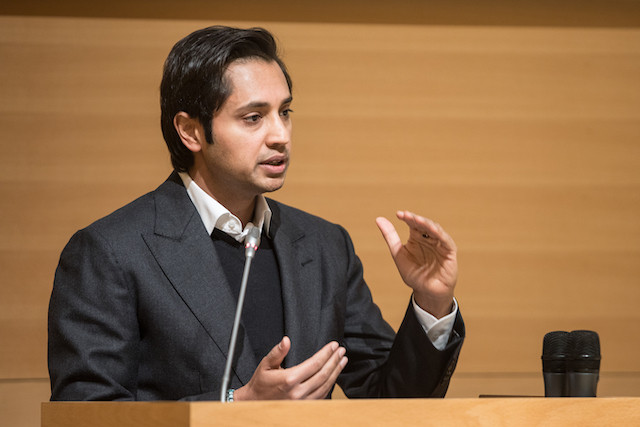The company reported core profit (Ebitda) of $1.73bn in the last quarter of 2020, up from $901m in the third quarter, as economies began building back from the pandemic slump. Editda for the year ending on 31 December 2020 was $4.3bn, down from $5.2bn the previous year, but perhaps not as bad as expected.
ArcelorMittal ended 2020 with gross debt of $12.3bn and net debt of $6.4bn, the lowest level since the 2006 merger, the company said in a statement.
“2020 was a year of enormous challenge as countries, societies and businesses across the world grappled with the disruption caused by the COVID-19 pandemic,” said outgoing CEO Lakshmi Mittal. “The impact on the steel industry was significant, but I am very proud of the resilience and enterprise shown across the business which enabled ArcelorMittal to deliver a solid operating performance in times of adversity.”
Steel shipments declined 18.2% last year but the steel producer expects steel demand to increase by 4.5 to 5.5% in 2021 compared to 2020.
Following the appointment of his son as company CEO, Lakshmi Mittal will become executive chairman, leading the board of directors. The younger Mittal had already been CFO and CEO of ArcelorMittal Europe.
Aditya Mittal joined the steel business in 1997. A Mittal family trust owns 35.61% of ArcelorMittal’s issued shares.
The world’s largest steelmaker said it would continue a $1bn fixed cost reduction programme that should conclude by the end of 2022, as well as announcing it would restart dividend payments, with an initial $0.30 per share to be paid in June, subject to shareholder approval during the May 2021 annual general meeting.
The company also said it was “focused on progressing towards its 2050 net zero group carbon emissions target,” with a number of technology projects advancing at its sites.
“The world is transforming at a very rapid pace and this change brings challenges but also many opportunities for ArcelorMittal,” incoming CEO Aditya Mittal said in a statement. “The biggest challenge, but also the biggest opportunity, will be to demonstrate that steel can decarbonise and indeed is the perfect material for a circular economy. This will undoubtedly be a critical driver of our strategy in the coming years and decades.”
